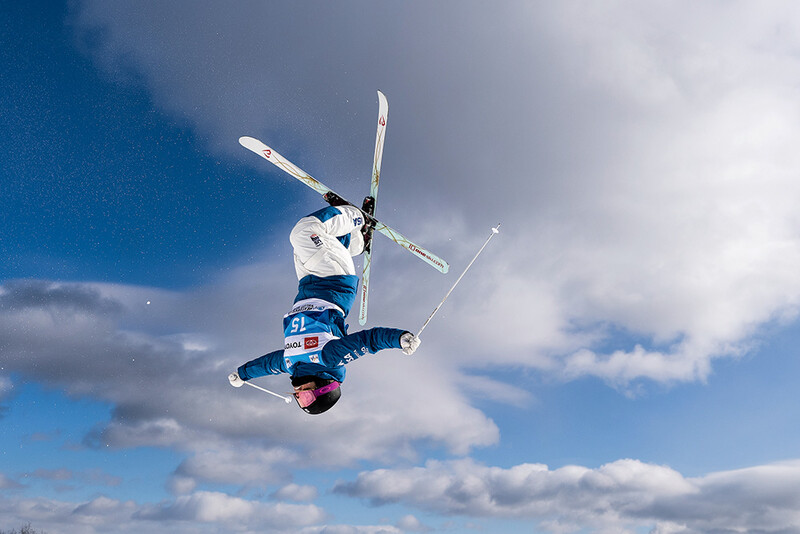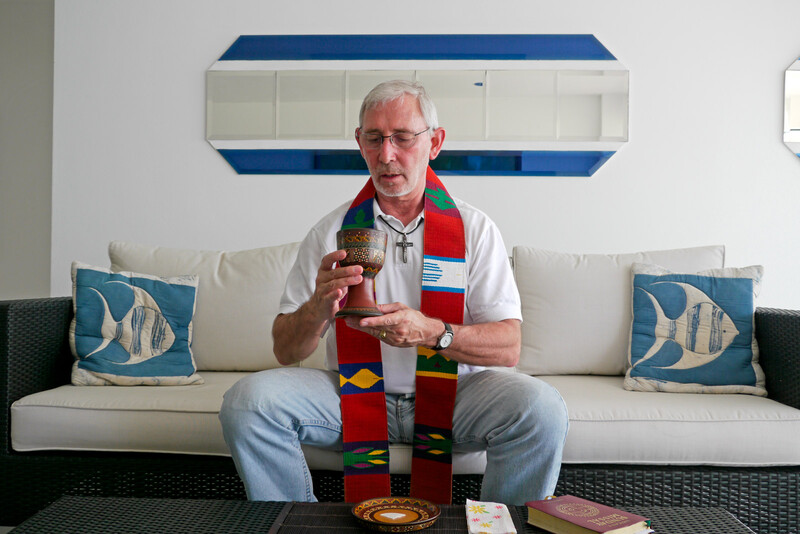Even in the thrill-a-second universe of roller coasters, Taiwan’s Gravity Max is unique. The coaster lifts riders 114 feet into the air before bringing them to a lurching stop at what looks like the end of the track. For a few tense seconds, riders have a bird’s-eye view of the whole park. Then the world drops away — the track is falling!
Actually, it’s just swinging. The section of track — with the train still on it — pivots from horizontal to vertical, leaving riders facing the ground. They contemplate this new perspective for a few moments until — click — the cars are released and they plummet downward at fifty-six miles per hour, tearing into a series of loops and tunnels.
Martin Lewison ’88CC travels the world for just this sort of terrifying experience. He has ridden 1,665 coasters, including the Gravity Max, mostly with his wife Cheryl. The Lewisons have visited coasters in thirty-two countries. They’ve ridden the world’s fastest, which is Formula Rossa at Abu Dhabi’s Ferrari World; and the world’s tallest, which is Kingda Ka, at New Jersey’s Six Flags Great Adventure; the longest, which is Steel Dragon 2000, in Japan; and the weirdest, which is without a doubt the Hundeprutterutchebane (the word means “dog-fart roller coaster”) in Denmark, which entertains riders with the sounds of flatulence.
Lewison has even built his career around roller coasters. As an assistant professor of business management at Farmingdale State College in New York, he researches and teaches the business of amusement parks.
Lewison enjoyed theme parks as a kid growing up in New Jersey, but by the time he entered Columbia in 1984, his interests lay elsewhere — his economics classes, and the fraternity Beta Theta Pi. When he was working on a doctorate at the University of Pittsburgh in the mid-1990s, a friend introduced him to the wonders of Kennywood, a local century-old amusement park with several classic wooden coasters. He met Cheryl in 2007, and she encouraged his burgeoning hobby.
While the Lewisons love the cultural exchanges of foreign parks, he says that their most unusual ride was on a farm in Indiana, where the owner had built a twenty-foot-high corkscrew coaster on top of an A-frame shed behind his house. The car had only one seat, and it came with instructions: lean to the right at the start, lean to the left at the loop.
“Most people don’t get to add that one to their list,” he says.
Ask Lewison why the couple devotes so much time to roller coasters and he’ll talk about the thrill of defying gravity, the intellectual stimulation of learning the technology behind them, the variations in style, size, color, layout, and sensation. He’ll talk about the idea of “collecting” rides, of having a reason to travel the world.
“But mostly, not much has changed since I was a ten-year-old kid on the boardwalk,” he says. “I like roller coasters because they’re fun.”




